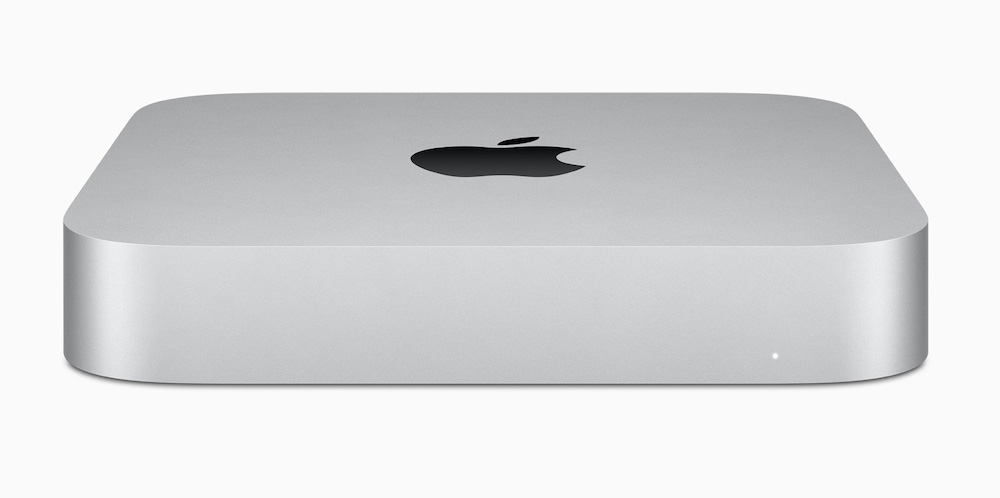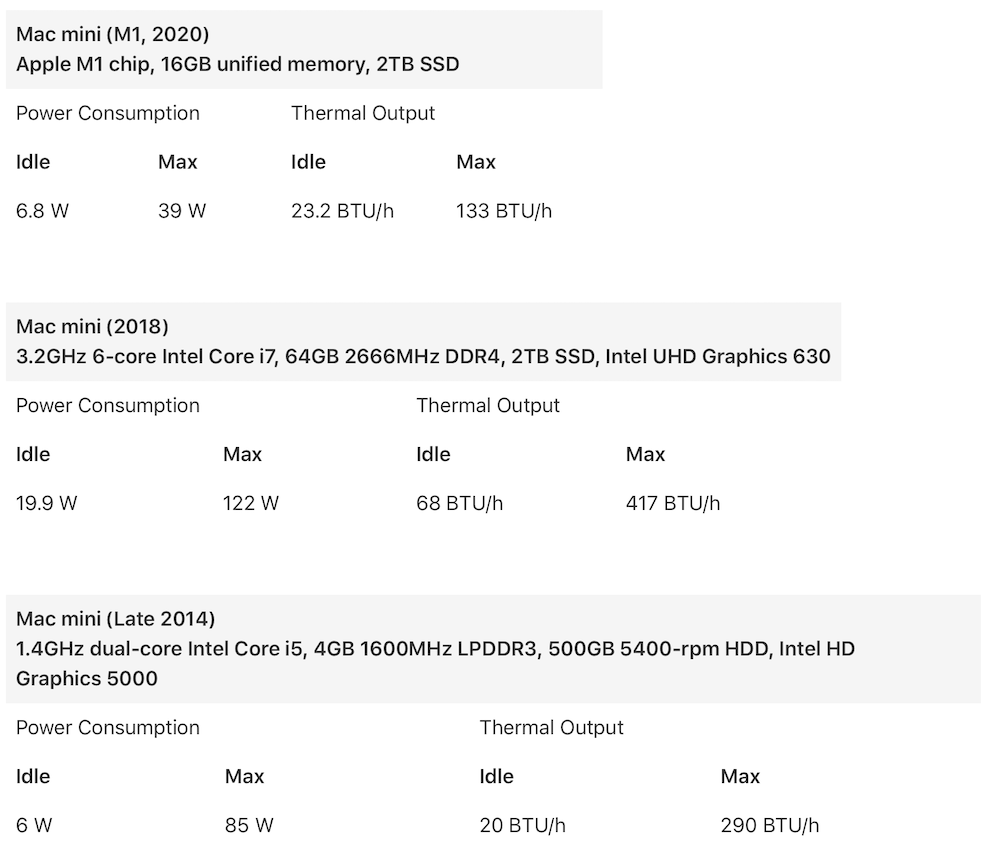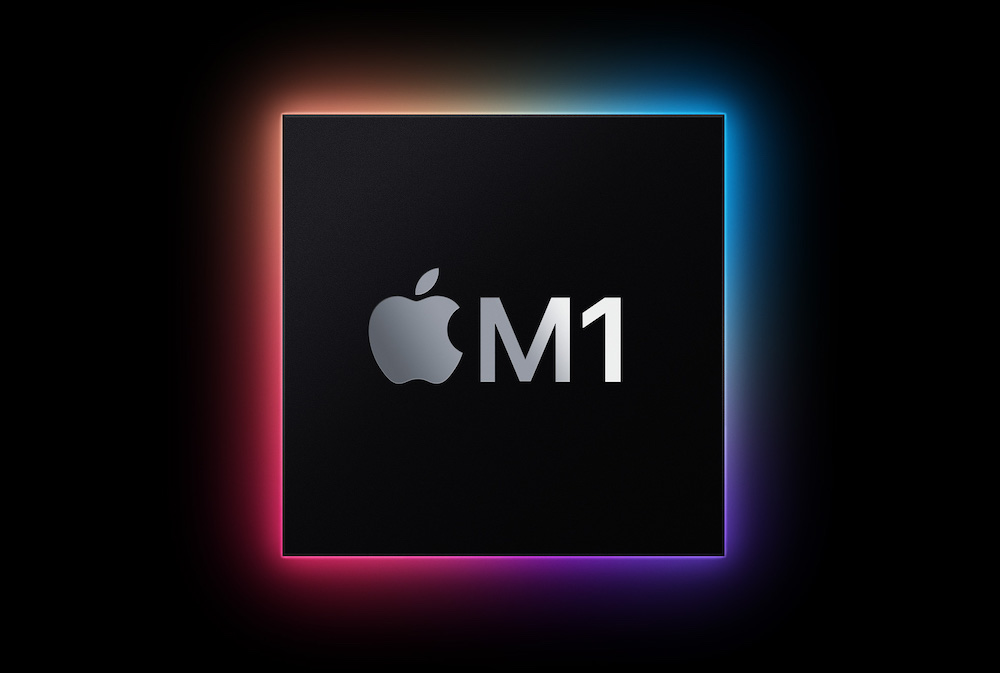Yes, you can cut your energy bills with an M1 Mac mini

The Mac mini is a fantastic machine with the M1 chip inside
Apple’s M1 chip has already propelled Macs up the power/performance chart, but now we’re discovering just how much cheaper they should be to run, in terms of power consumption.
Faster, cooler, better
It looks like there are many advantages to switching a computing platform to a basically mobile processor. Not only do you deliver more actual computational power in chips that seem cheaper to produce, but you also get to yield faster chips on lower power requirements. At least, according to these benchmarks.
Apple has updated its documentation concerning Mac mini power consumption, and it shows a huge difference in power consumption in contrast to the older Mac mini it replaces.
What’s the data?
Apple tells us the M1 Mac mini work in ‘idle mode’ (defined as the power used with only Finder open, using the default power management settings) at just 6.8 watts, consuming 39 watts of power in use.
In contrast, the older Mac mini hit us with 122 watts in active use and 20 in idle state. In fact, this Mac runs in performance node at less than half the power of any previous Mac mini back to 2005. And in idle mode its way lower than all of them, with the somewhat notable exception of the i5 2014 Mac mini (7W versus 6W).

Apple’s data shows the difference a chip makes.
Thing is, you’re getting a heck of a lot more performance per watt. Geekbench tells us the M1 Mac mini delivers 1,708 on single core performance in contrast to 1,099 on the last model and 766 on the late 2014 model mentions earlier.
What does this mean? It means your computer is much cheaper to run, consumes less precious energy, and delivers way better computing power, as Daring Fireball notes.
How much cheaper?
I went to Omnicalculator to figure this out, basing the calculation on average U.S. energy costs. I found that if you ran the M1 Mac mini at its maximum possible power draw for 24-hours a day for a year, it would cost you around $45/year. However, if you ran the previous 2018 Mac mini with an Intel i7 chip, at the same maximum power draw for 24 hours a day for a year, it would set you back $140.80 each year.

The Apple M1 chip packs a lot inside
While it’s true that no one is likely to run a Mac at that level of performance 24-hours a day for a year, if you run an office or server farm in which you might have dozens or even hundreds of Macs, you’re likely to generate a significantly smaller energy bill because of the move to M1. And, with 3nm chips clearly on the AAPL road map, those power savings are only going to increase on Apple’s multi-year processor development journey.
And the Macs are faster, too.
Please follow me on Twitter, or join me in the AppleHolic’s bar & grill group on MeWe.




